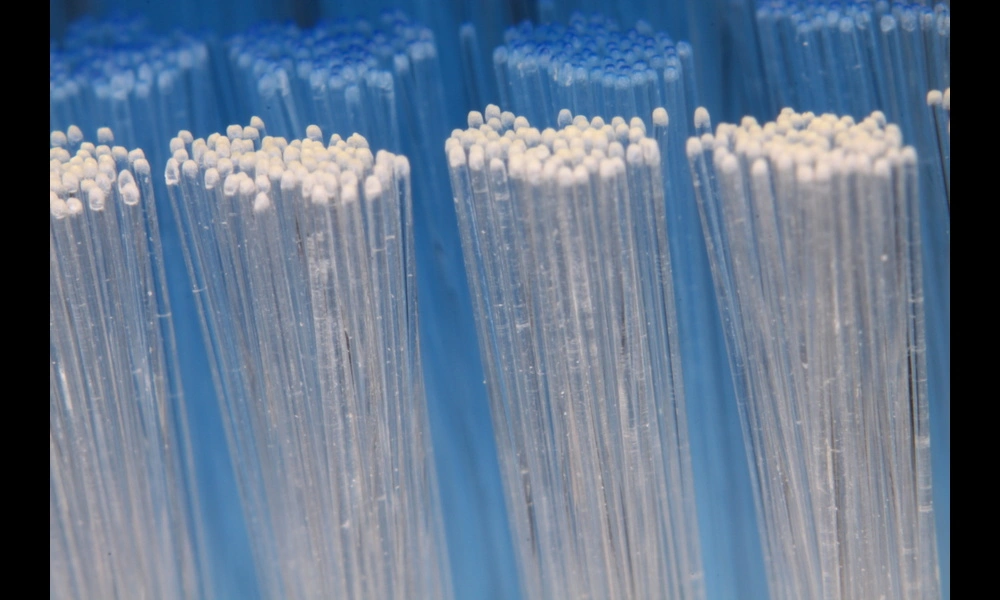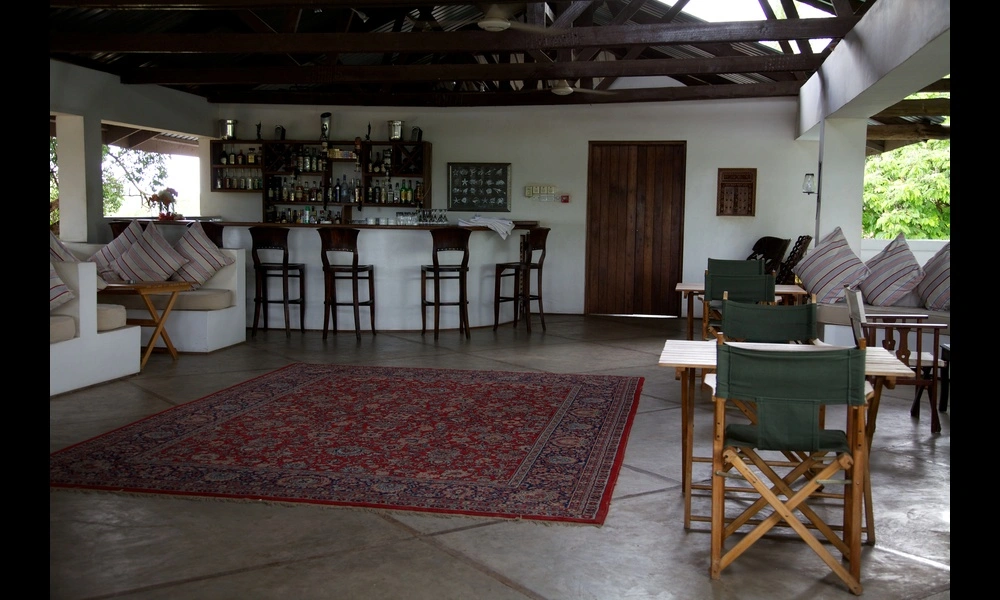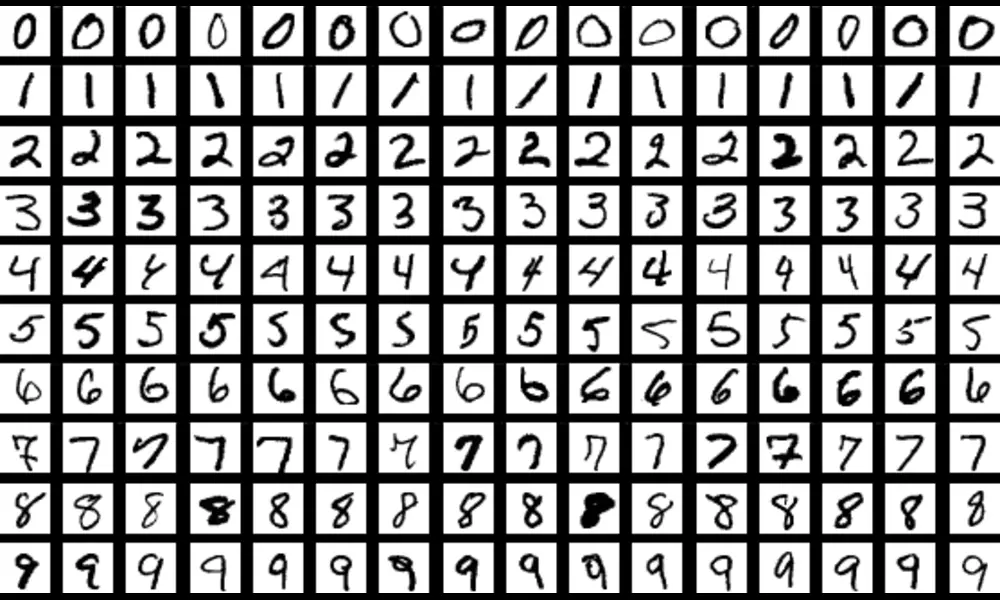Cooperative Quantum Phenomena in Light-Matter Platforms
Published on Sat Aug 12 2023 Fiber Optics | Pascal on Flickr
Fiber Optics | Pascal on FlickrA new preprint paper titled "Cooperative quantum phenomena in light-matter platforms" provides a detailed investigation into the behavior of quantum cooperative effects in light-matter platforms. This paper outlines theoretical tools to understand the behavior responsible for the onset of cooperativity in electron-photon interactions in strongly coupled and correlated quantum-emitter ensembles. The research topics covered in the paper range from the design of nanoscale coherent-light sources to highly reflective quantum metasurfaces and low intracavity power superradiant lasers.
Cooperative effects, which arise from the interplay among individual constituents, are of great interest for emerging quantum technologies. Light-matter platforms provide an optimal setting to observe and exploit these effects. The paper emphasizes that quantum light, either multimode or single mode, can induce strong interactions among quantum emitters. The study focuses on two main aspects of cooperativity: dipole-dipole interactions and collective radiative emission.
The findings of this paper have significant implications for various fields. In the field of topological quantum optics, researchers can utilize structured arrays of quantum emitters to achieve strong light-matter interactions and high fidelities for photon storage capabilities. Furthermore, these arrays can protect the propagation of photons or excitations against disorder and scattering caused by defects, enabling the study of topological properties. These platforms also have potential applications in quantum information, quantum metrology, and even quantum networking.
The study also highlights the importance of subradiance, which is a cooperative dissipative effect that can be employed in quantum-information processing and metrology. Subradiance can lead to the engineering of robust many-particle quantum states with extremely long lifetimes. This property has applications in various fields, including nano-optomechanics, antiresonance spectroscopy, and nonlinear quantum optics.
Cavity quantum electrodynamics (cavity QED) is another avenue examined in the paper. It enhances and mediates emitter-emitter interactions by coupling quantum emitters with confined optical resonances. This approach allows for the design of hybrid cavities, which demonstrate superior performance compared to traditional cavities. The famous model of Dicke superradiance, which shows a quick burst of spontaneous emission from indistinguishable quantum emitters, can be simulated in the context of cavity QED. This model has implications in the operation of superradiant lasers.
Overall, this paper provides valuable insights and theoretical tools to understand cooperative quantum phenomena in light-matter platforms. The research covered in this article has broad applications in various emerging quantum technologies, ranging from topological quantum optics to quantum information processing and metrology. Understanding and harnessing cooperative effects will pave the way for exciting advancements in these fields.



